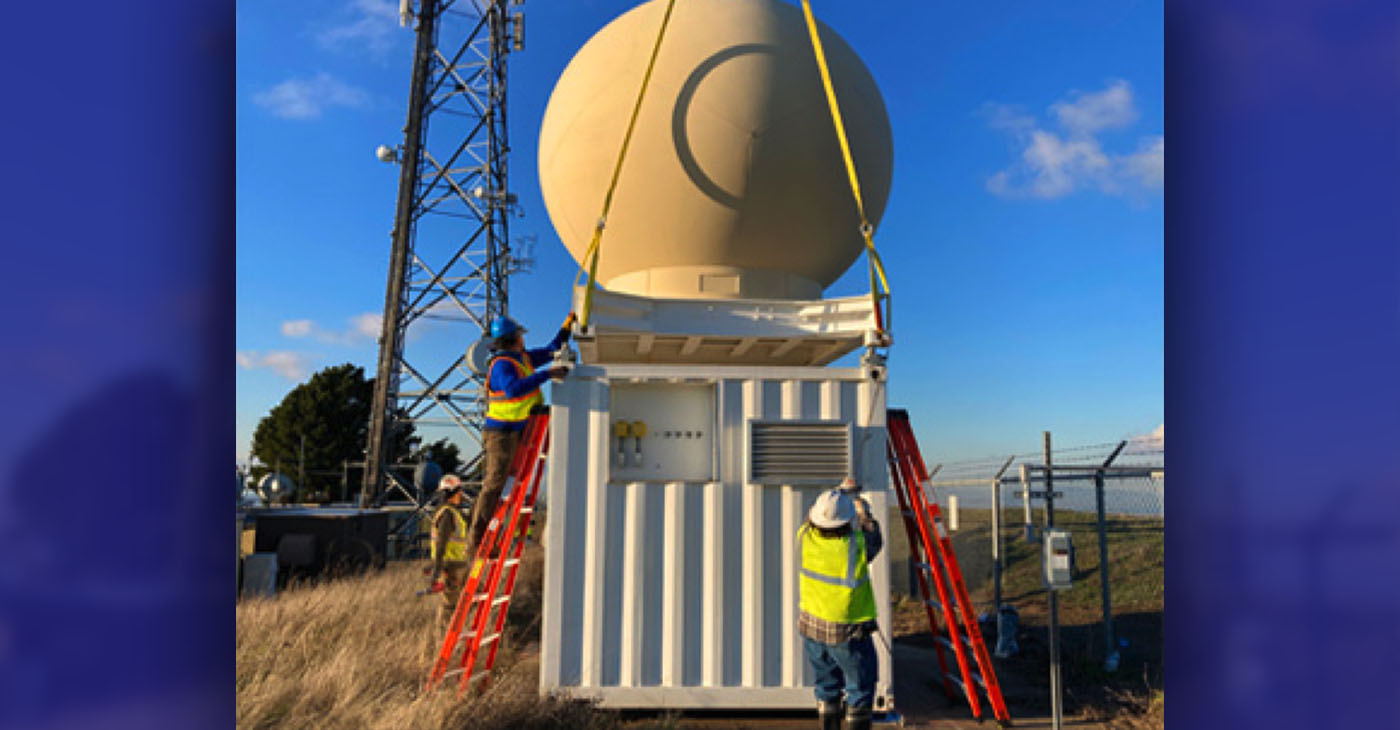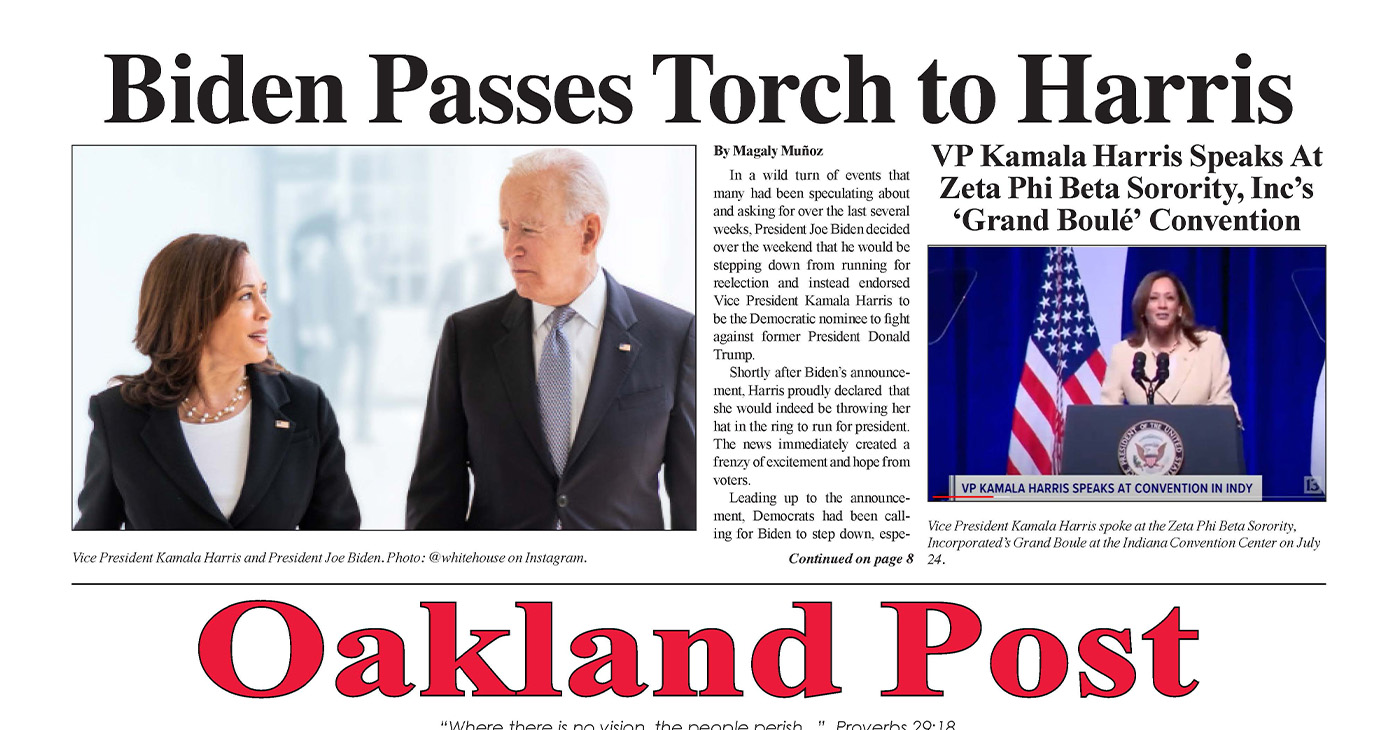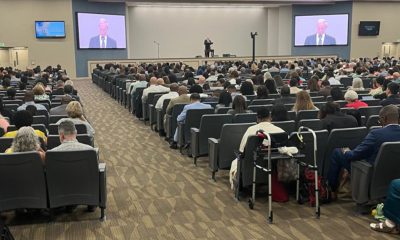Bay Area
New Weather Radar for Public Safety Response Part of Bay Area radar system, led by Sonoma, to be installed on Mount Barnabe
Extreme weather systems, such as atmospheric rivers, have hit California with increasing frequency in recent years. The average damage from floods caused by atmospheric rivers in California is now over $1 billion per year. Marin County has experienced its share of these intense storms and the damages are both costly and disruptive.

San Rafael, CA – Extreme weather systems, such as atmospheric rivers, have hit California with increasing frequency in recent years. The average damage from floods caused by atmospheric rivers in California is now over $1 billion per year. Marin County has experienced its share of these intense storms and the damages are both costly and disruptive. In times of emergency, accurate and timely forecasts are critical for cost-effective risk-based decisions regarding public safety response measures, infrastructure operations, and essential resource allocation.
The Marin County Department of Public Works (DPW) is collaborating with local, state and federal agencies, with Sonoma County Water Agency (SCWA) as the project manager, on weather radar installations at key locations across the greater San Francisco Bay Area. The result will be a regional weather prediction system that uses enhanced weather radar to track atmospheric rivers.
As part of a larger project managed by Sonoma County Water Agency, a new weather radar installation is expected to be installed on Mount Barnabe in West Marin, which will vastly improve emergency response and public safety measures for the entire Bay Area during atmospheric river events. The installation on Mount Barnabe would be similar to the one that was recently installed on Rocky Ridge in the East Bay (shown).
This public safety and emergency response improvement project is funded by grants from the California Department of Water Resources (DWR), California Office of Emergency Services (CalOES) and Federal Emergency Management Agency (FEMA).
The system, known as the Advanced Quantitative Precipitation Information (AQPI) project, includes two types of radar, X-band and C-band, which are being installed across various counties in the Bay Area. Five X-band radar installations will be placed in counties outside of Marin and a single C-band radar installation will be placed on top of County-owned Mount Barnabe in West Marin. The Mount Barnabe location currently has a MERA radio installation and a Marin County Fire Department lookout tower in proximity to the planned C-band radar installation, so electricity and internet connections are already in place.
An online community meeting was held February 15 to discuss the details of the project and answer questions for residents living in the vicinity of Mount Barnabe. The Marin County Board of Supervisors will consider SCWA’s proposed lease agreement for the Mount Barnabe site at the March 7 public meeting.
The C-band radar will be mounted about 10 feet above the ground on top of a 24-by-16-foot concrete pad. The 10-foot diameter golf ball shaped “radome” encloses and protects the radar antenna from the elements. To minimize visibility, the structure will be painted beige to better compliment the surrounding environment and blend in with the color tones of the hillside.
The C-band radar system uses a directional antenna to focus the beam in a specific direction, like how a lighthouse creates a narrow beam of light, and then scans vertically and horizontally to produce an image of the atmosphere. The radar will not exceed Federal Communications Commission (FCC) recommended radar levels for general population and is below all applicable regulatory standards. Also, because the radar will be placed 10 feet above the ground, the radar beam will be higher than the tallest person in the area.
Having a C-band radar on Mount Barnabe provides a clear view of the Pacific Ocean, which is where atmospheric rivers start. As storms hit land and move toward the Bay Area, the radar will track precipitation as it falls. The location on top of the mountain will also give great coverage of the populated areas of Marin. In Sonoma, Contra Costa, and San Mateo counties, the coverage of the new C-band radar installation will overlap with that of the X-band radars, giving all counties good coverage.
Both SCWA and the County of Marin have found the project to be exempt from the California Environmental Quality Act (CEQA) requirements for additional environmental review. The determination was made because the project is proposed on a previously developed area with similar government facility land uses, and the resulting radar installation would not impact the quality of the location, nor result in any cumulative adverse effects upon the surrounding environment.
Permitting is anticipated to be finalized by SCWA by mid-2023, with radar installation occurring in the second half of 2023. The timeline for the $2 million effort on Mount Barnabe is driven by the requirement that grant funding be used by the end of 2023. The operation of the radar system will be transferred to the Center for Western Weather and Water Extremes, which is part of the Scripps Institute of Oceanography at UC San Diego.
Activism
Oakland Post: Week of July 24 – 30, 2024
The printed Weekly Edition of the Oakland Post: Week of July 24 – 30, 2024

To enlarge your view of this issue, use the slider, magnifying glass icon or full page icon in the lower right corner of the browser window. ![]()
Activism
Oakland Post: Week of July 17 -23, 2024
The printed Weekly Edition of the Oakland Post: Week of July 17 -23, 2024

To enlarge your view of this issue, use the slider, magnifying glass icon or full page icon in the lower right corner of the browser window. ![]()
Bay Area
Op-Ed Senate Bill 966 Threatens Health Equity in East Bay
My East Bay community is struggling to get by. A proposed State Senate bill would set us back even further. Serving the East Bay community has been my life’s work and my greatest joy. After leaving the Bay Area to complete my seminary, I returned home to found The Community Church in Oakland. From the outset of my time as the church’s pastor, I have been guided by the belief that my service must extend beyond the pulpit, because the health and economic needs of my community are so great. Our church has organized free food banks, COVID-19 testing clinics, and a housing and re-entry program for those suffering from addiction.

By Rev. Dr. Lawrence E. VanHook
Special to the Post
My East Bay community is struggling to get by. A proposed State Senate bill would set us back even further.
Serving the East Bay community has been my life’s work and my greatest joy. After leaving the Bay Area to complete my seminary, I returned home to found The Community Church in Oakland.
From the outset of my time as the church’s pastor, I have been guided by the belief that my service must extend beyond the pulpit, because the health and economic needs of my community are so great. Our church has organized free food banks, COVID-19 testing clinics, and a housing and re-entry program for those suffering from addiction.
Through my service, I have seen the challenges that our community members are facing. Oakland, my hometown, has the third-highest rate of violent crime in the state. The local economy is strained. Oakland-based businesses are leaving our community because they’re struggling to get ahead.
Both East and West Oakland has disproportionately high rates of respiratory illness due to heavy air pollution. While our local efforts have brought some aid to those in need, we are also counting on our state elected officials to help us address the systemic health disparities afflicting the community.
Chief among the health concerns of community members is having reliable and affordable access to prescription drugs. Equitable access to medications gives us the peace of mind that we can keep ourselves and our families healthy and safe. Our community should not have to choose between paying rent or purchasing prescriptions.
Unfortunately, rather than taking action to combat soaring prescription drug prices, some California lawmakers are pushing legislation that could raise patient costs at the pharmacy counter.
The Legislature is currently considering SB 966, a bill backed by special interests that would undercut the few tools we have to keep prescription drug costs contained, letting big drug companies increase their prices, profiting on the backs of working families – some of whom already live paycheck to paycheck.
SB 966 would target the fundamental programs through which small businesses, unions, and government health programs are able to offer their employees and members quality and affordable healthcare. Millions of Californians rely on these plans to obtain essential medications at the lowest-possible cost.
The bill would make it illegal for employers and unions to incentivize the administrators of their prescription drug plans to negotiate for the lowest possible cost for prescriptions. Right now, small businesses and unions can choose to pay these administrators more for taking on big drug companies and securing discounts – a choice that will be outlawed under this bill.
As a result, employers will have no leverage to stop big drug companies from setting sky-high prices, disproportionately impacting working families.
As these health costs quickly add up, employers will have little choice but to pass the increases down to their employees. That means California patients will see higher healthcare costs and co-pays.
From my perspective, most concerning is that the bill would exacerbate the health disparities impacting my community and other underserved populations. If SB 966 becomes law, the most vulnerable may be forced to skip prescription doses, stop filling their prescriptions, and avoid essential care.
By rejecting this cash grab by big drug companies, our state elected officials can send a clear message that they stand with the community, patients, and working families.
We cannot afford SB 966.
Rev. Dr. VanHook is the founder and pastor of The Community Church in Oakland and the founder of The Charis House, a re-entry facility for men recovering from alcohol and drug abuse.
-

 Arts and Culture3 weeks ago
Arts and Culture3 weeks agoRooted in Tradition: The Intricate History of Black Hair Braiding
-

 Bay Area4 weeks ago
Bay Area4 weeks ago“I Will Not Be Bullied,” Says Oakland Mayor Sheng Thao
-

 Bay Area2 weeks ago
Bay Area2 weeks agoPG&E Increases Rates While Bay Area Households Are Struggling to Stay Afloat
-

 Business3 weeks ago
Business3 weeks agoGov Newsom: Raising Fast Food Minimum Wage to $20 Pays Off as Jobs Multiply in Industry
-

 Activism4 weeks ago
Activism4 weeks agoOpponents of Mayor Sheng Thao Are Calling on Her to Resign Following FBI Raid
-

 Bay Area2 weeks ago
Bay Area2 weeks agoJuneteenth Mass Shooting Suspect Charge with Multiple Counts of Felony Assault by Alameda County DA Pamela Price
-

 Community1 week ago
Community1 week agoHundreds Come to Jehovah’s Witnesses’ Assembly Hall for Three-Day Program of ‘Good News’ in Fremont
-

 Activism4 weeks ago
Activism4 weeks agoOakland Coliseum Sale to AASEG: A Model for Community Development and Inclusion




















































